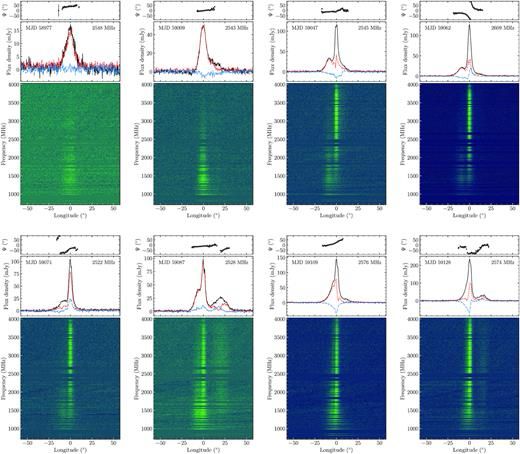
Website: https://mlower.github.io
I asked for one during a brief period between MNRAS going gold open access and my institution making a deal with them, and it was granted
I asked for one during a brief period between MNRAS going gold open access and my institution making a deal with them, and it was granted
Like this millisecond pulsar that I helped find in the central region of our Galaxy! And is embedded in a giant glowing filament of radio light!!
doi.org/10.3847/2041...
Like this millisecond pulsar that I helped find in the central region of our Galaxy! And is embedded in a giant glowing filament of radio light!!
doi.org/10.3847/2041...
Or behave in totally unexpected ways: doi.org/10.1093/mnra...
And imprint their magnetic fields on the emitted radio waves: doi.org/10.1038/s415...

Or behave in totally unexpected ways: doi.org/10.1093/mnra...
And imprint their magnetic fields on the emitted radio waves: doi.org/10.1038/s415...
And teaching us about what goes on in the magnetic fields of neutron stars: doi.org/10.1093/mnra...
And teaching us about what goes on in the magnetic fields of neutron stars: doi.org/10.1093/mnra...
And realise that both the rate at which their spins slow down and emit radio waves are A LOT more variable than once thought: doi.org/10.1093/mnra...

And realise that both the rate at which their spins slow down and emit radio waves are A LOT more variable than once thought: doi.org/10.1093/mnra...


